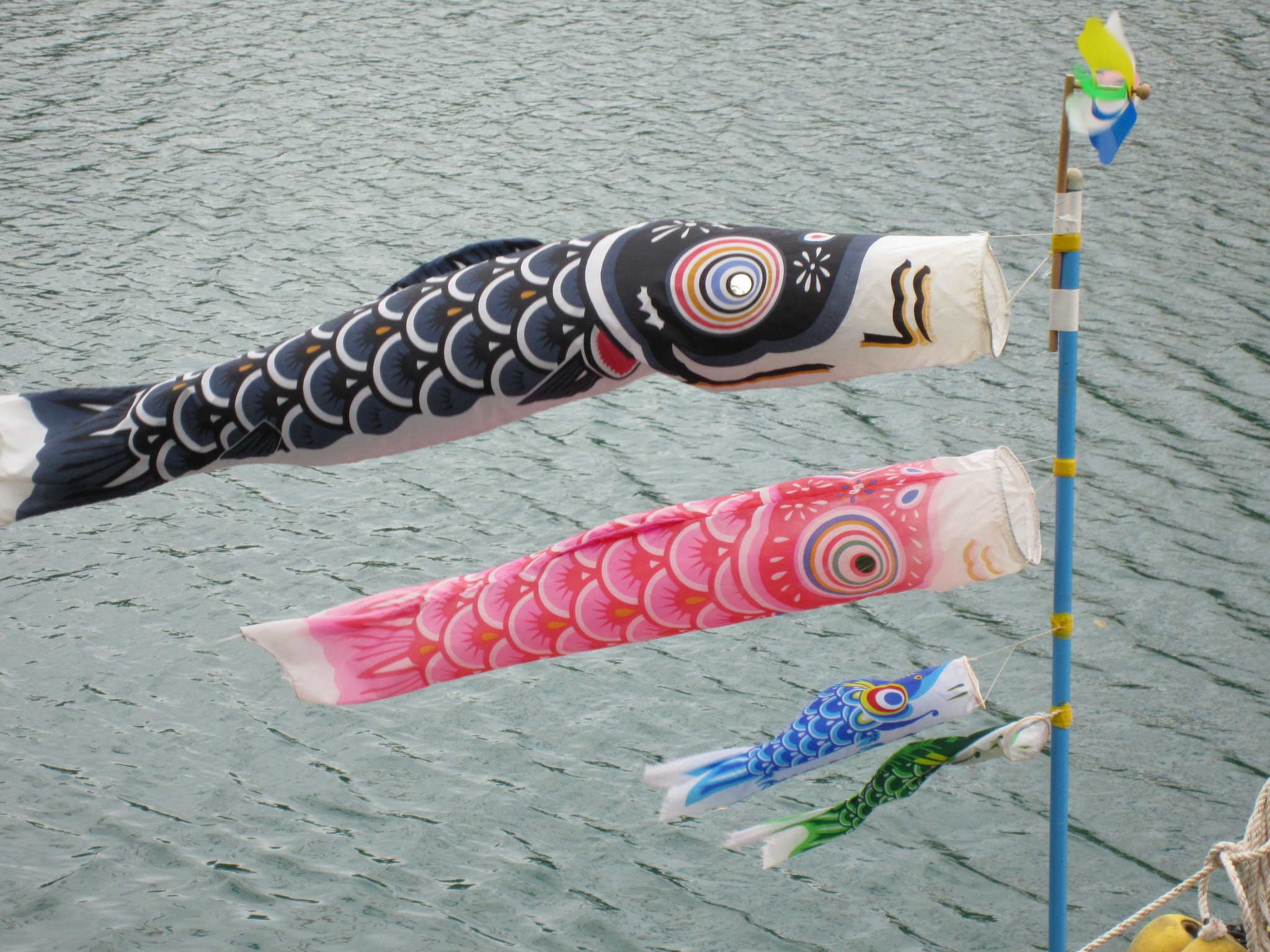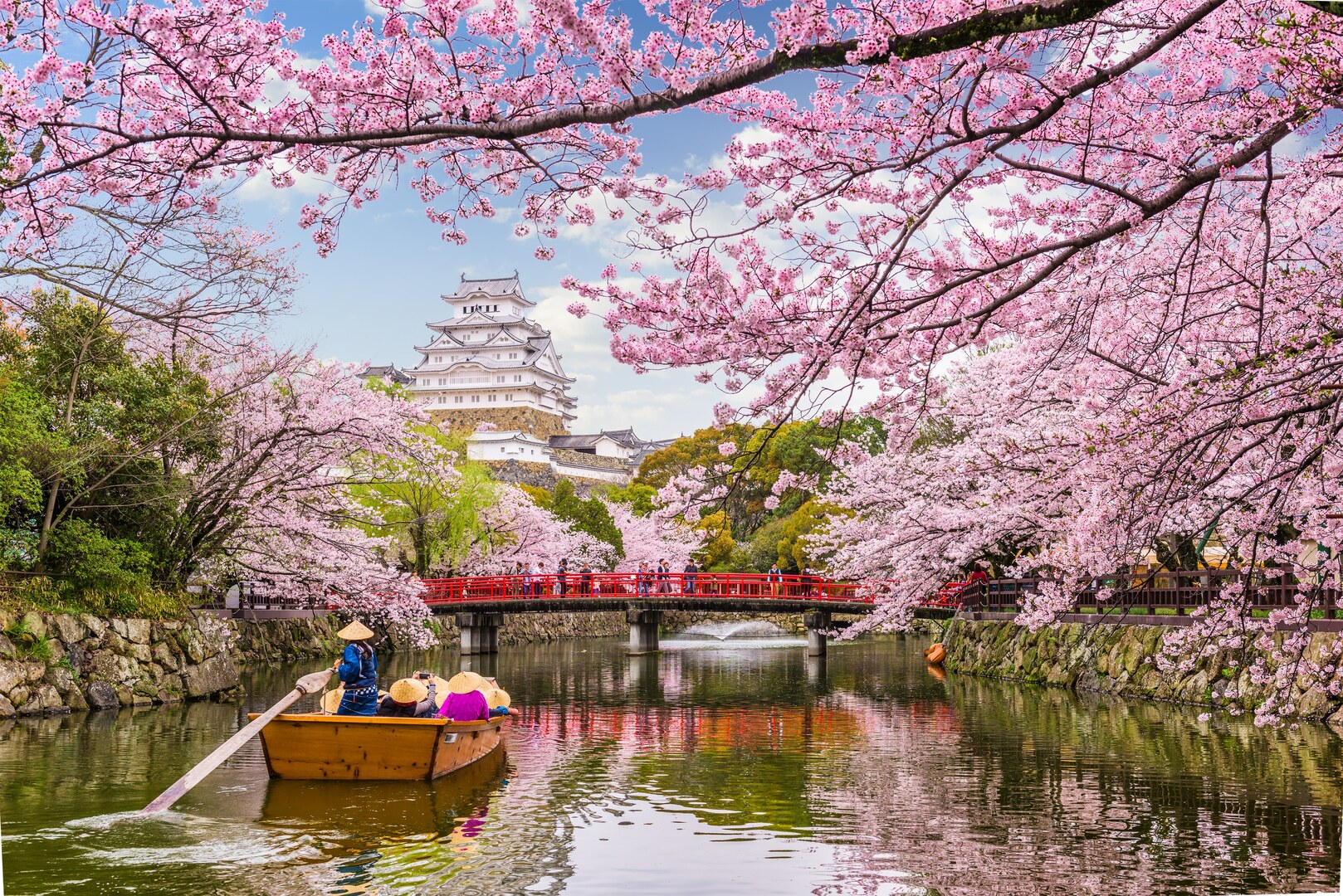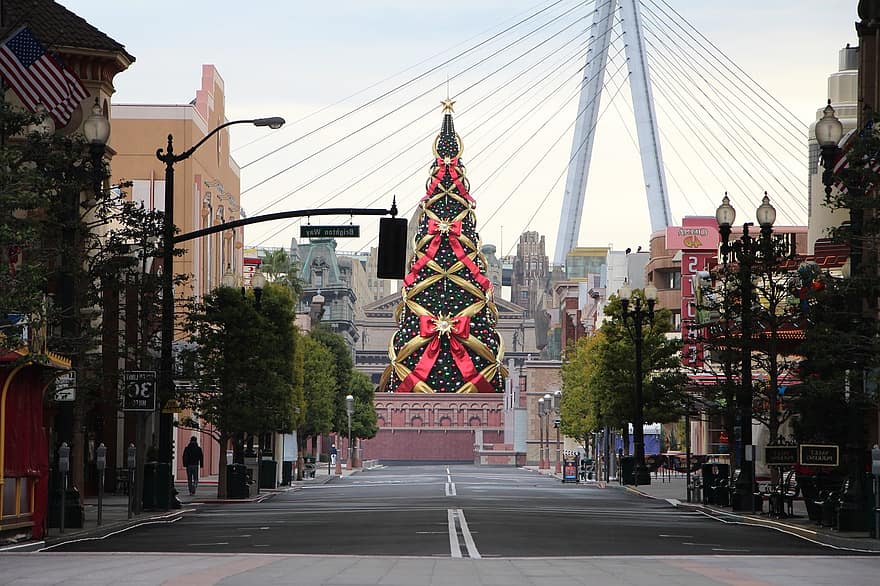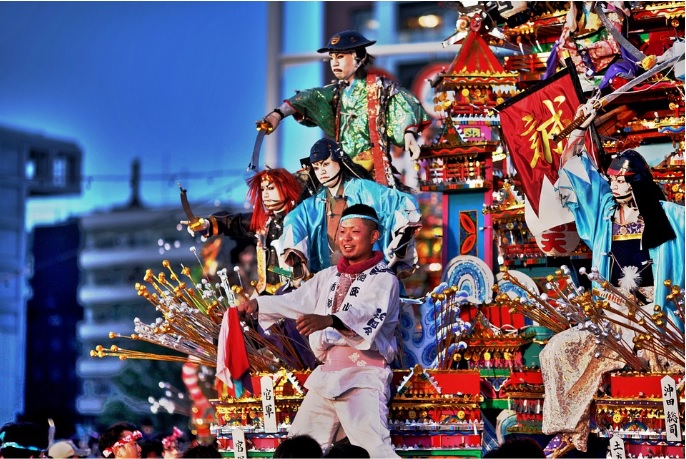
Every 5th of May, Kodomo no Hi is celebrated in Japan known as the Children’s Day. It is a special day for the family to celebrate the health and happiness of their children. On this day, children express their gratitude to their parents by taking care of them and tending to their needs. Koinobori, on the other hand, means “carp-streamer kite.” It is a windsock in the shape of a carp, that the family places outside their house, whether it is on their backyard or on the rooftop. Carp is a kind of fish that symbolizes courage and strength, because of its innate ability to swim in the waterfall. These kinds of traits are desired for the boys. This is why families fly Koinobori to wish their children good health and strong body.
There are at least 3 Koinobori lined up on a pole during Children’s Day. There are designated colors for each member of the family. Black Koinobori represents the father while the red represents the mother. The colors blue, yellow, orange, purple, and others are for children and appear to be smaller in size. The typical koinobori is made up of nylon and polyester, with bright, vivid colors and elegant scale patterns of a carp.
Back in the old days, Koinobori was used for the boys who will soon be part of a warrior class. It’s a sign of good luck to their endeavour. Before the Children’s Day became a day for both girls and boys, it was just Tango ne Sekku or Boys’ Day while there’s a separate day celebration for girls, called Hina Matsuri or Doll’s Day, but this only lasted until 1948. The two events joined together and thus calling it Children’s Day which is celebrated for both young girls and boys.





